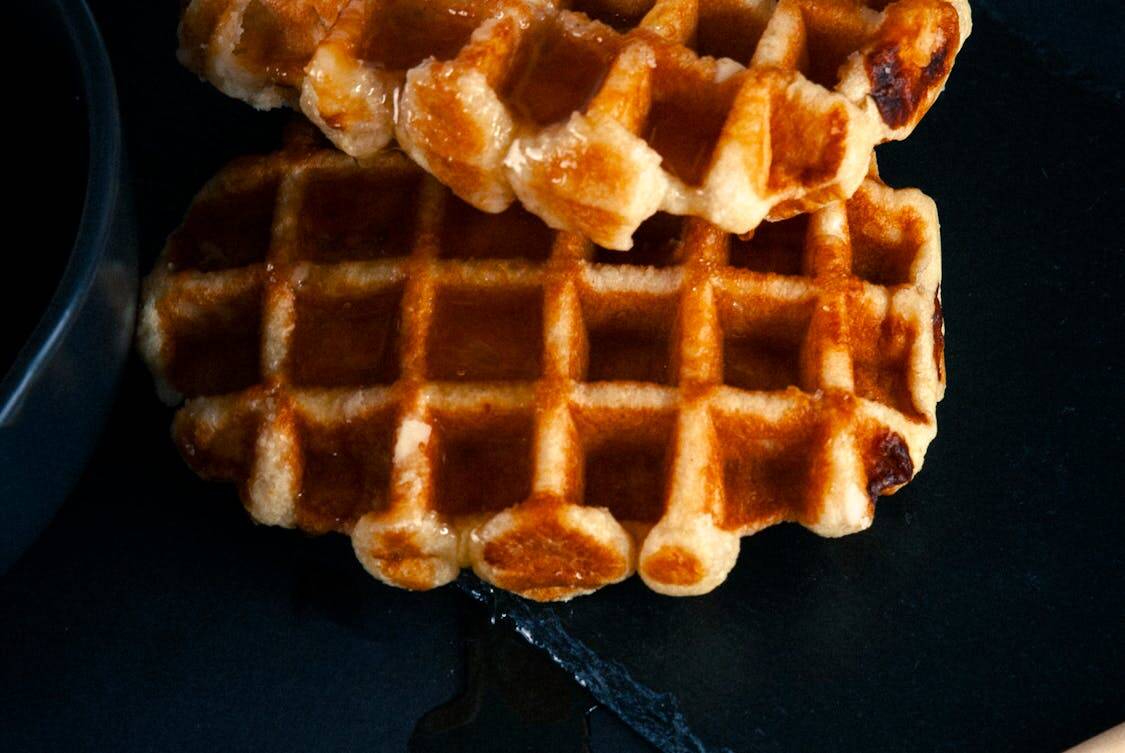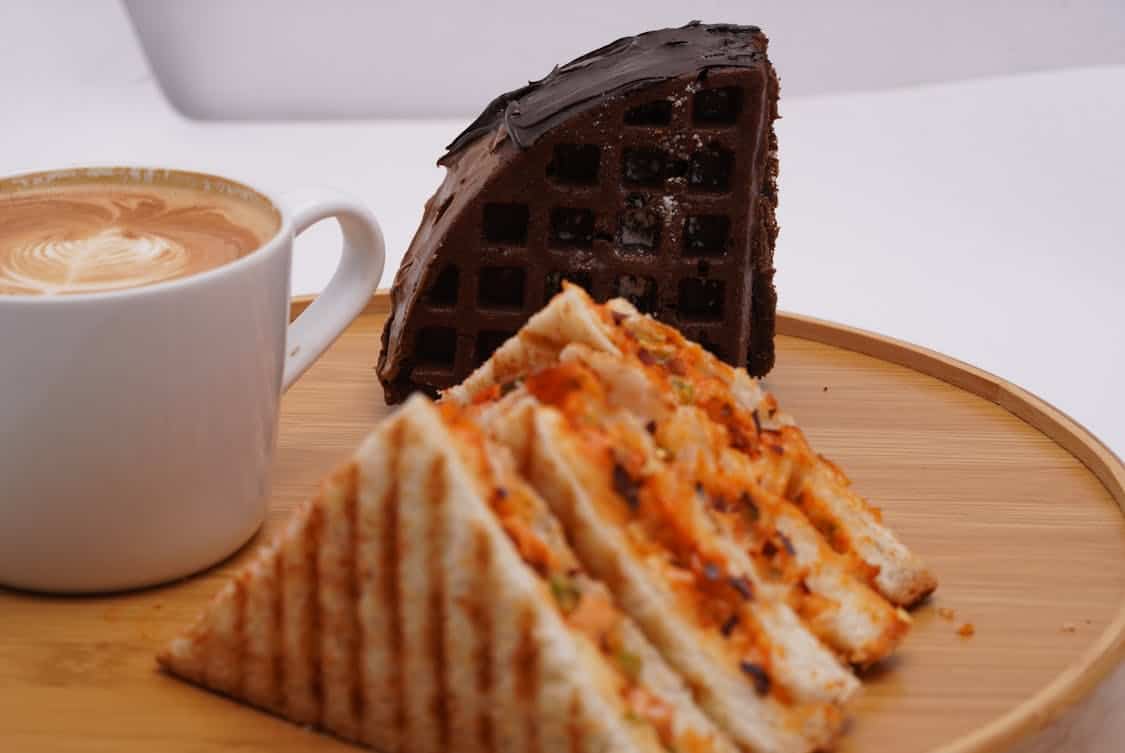
A waffle maker can change the math on your morning sales by turning a single appliance into a profit engine when used smartly. Small cafes and hotel breakfast stations often look for high-return, low-fuss items that appeal to repeat guests and walk-ins alike.
Waffles have a tactile appeal: crisp edges, warm centers, and the chance to add savings or markups through toppings, combos, and speed. Read on to examine the variables that shape whether a waffle maker is a smart bet for your venue.
Market Fit: Who Buys Waffles?
Waffles tend to attract a broad group: families, office workers on the go, and late sleepers who want comfort food with a gourmet twist. Location matters; spots near offices or transit hubs can sell single-serving waffles quickly, while tourist zones can support plated versions with premium add-ons.
Repeat business often comes from consistent quality and predictable service, not flashy gimmicks, so the waffle must be both good and reliably delivered. Word of mouth helps, and a solid waffle on the menu can become a small but steady draw.
Cost And Margin Analysis
Initial outlay for a commercial waffle maker ranges from modest to significant, but the true numbers live in ingredient and labor cost per unit. Batter is inexpensive and batch-prep frees staff to run multiple units, shrinking per-item labor; toppings add margin and let you tier prices.
If you’re looking for a simple way to control costs and maintain consistent quality, consider joining this hotel waffle program, which provides a reliable supply of premium waffle mix along with professional-grade irons tailored for hospitality settings.
Price the product to cover overhead and generate profit while staying competitive with nearby breakfast options and street-level expectations. Track sales and tweak the recipe or portion size if margins slip.
Speed And Throughput
A single waffle cycle can be fast, but total throughput depends on staff flow and machine recovery time, so plan for peak bursts. Multiple machines or multi-plate models cut wait time and increase throughput, which can translate directly into higher hourly revenue.
Short waits also reduce abandonment rates; customers who can grab a hot waffle rather than wait ten minutes are more likely to buy. Smooth kitchen choreography often makes more difference than a pricier gadget.
Menu Flexibility And Upsells

Waffles are a canvas for upsells: syrups, fruit, whipped cream, bacon, and specialty coffees fit naturally beside a waffle on the ticket. Bundle a waffle with coffee at a slight discount to increase average check without shrinking margin too much, and rotate seasonal toppings to maintain interest.
Offer a basic, low-price option for quick buyers and a premium plated version for diners who linger and tip. A tiered approach allows you to capture both impulse purchases and deliberate orders.
Equipment Choices And Scale
Choose a machine that matches your volume needs: a heavy-duty commercial press for steady streams, or smaller units for trial runs and pop-ups. Energy use, cleaning time, parts availability, and warranty length affect the true cost of ownership over months and years.
For multi-site operators, standardizing on one model simplifies training and spare parts management, reducing downtime. Test one model in a single location before rolling out broadly to avoid expensive missteps.
Staff Training And Consistency
Consistent product equals consistent repeat sales; train staff on batter portioning, cook time, and plating so every waffle looks and tastes the same. Clear recipes, a brief checklist, and a quick quality spot-check during shifts keep variance low and complaints rarer.
Faster training cycles translate to less lost labor and fewer mistakes, which keeps margins healthier. When staff know the routine, they work faster and the machine pays off sooner.
Marketing And Foot Traffic
A waffle’s aroma can draw customers, and visible plating or an open waffle station invites impulse buys from passersby. Menu descriptions and photos that highlight texture and toppings nudge fence-sitters to try a new item, and social posts featuring a signature waffle can lift off-peak interest.
Small promotions—like a weekday combo or a loyalty punch—push trial without large discounts that erode margin.
Seasonal And Location Factors
Weather, local events, and nearby competitors influence waffle demand; cold mornings favor warm comfort items, while summer crowds might want lighter toppings or cooled variations. A portable waffle maker supports festivals and pop-ups, tapping temporary traffic with low fixed costs, whereas a built-in station suits a fixed location with steady footfall.
Analyze local patterns and align waffle offerings to fit the rhythm of your spot. Adjust portion sizes and pricing seasonally to keep revenue stable.
Practical Tips For Implementation
Start with a limited test: one machine, a simple menu, clear pricing, and daily tracking of sales, waste, and prep time to gauge viability. Use ingredient batching and standard portion cups to control cost and speed, and pick topping items that cross-sell with other menu lines to minimize waste.
Monitor customer feedback and sales mix to refine what sells best and drop what doesn’t pull its weight. If the numbers look good after a trial, scale up incrementally rather than overspending up front.

